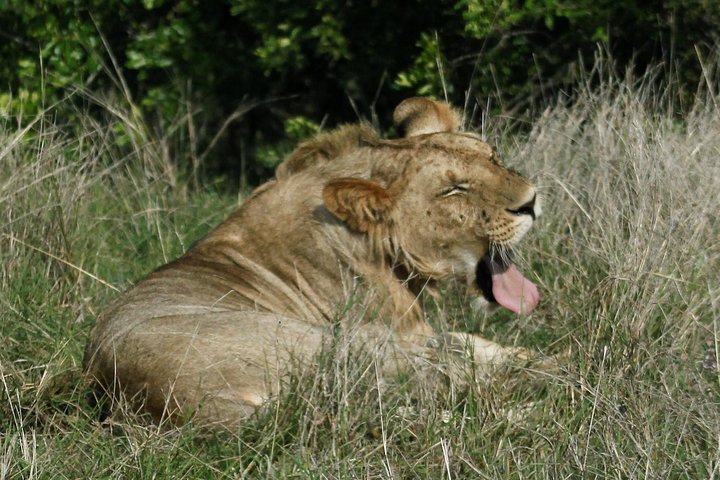History/Facts Of Tsavo East National Park
Tsavo East National Park holds a rich and storied history, characterized by a blend of natural phenomena, human endeavors, and conservation efforts. Here’s a detailed overview of the Facts/History of Tsavo East national Park:
Establishment: Tsavo East was established in April 1948, making it one of Kenya’s oldest national parks. It was originally part of the expansive Tsavo National Park, which was subsequently split into Tsavo East and Tsavo West to facilitate management and conservation efforts.
Construction of the Kenya-Uganda Railway: One of the park’s most notable historical events occurred during the construction of the Kenya-Uganda Railway in the late 19th century. The railway, spearheaded by the British colonial government, faced significant challenges due to the presence of maneless man-eating lions in the area. These infamous lions, which terrorized railway workers, became known as the “Man-Eaters of Tsavo” and were eventually hunted down by British engineer Lieutenant Colonel John Henry Patterson. The saga of the man-eaters has since become legendary and inspired numerous books, films, and documentaries.

Colonial Era: During the colonial era, Tsavo was utilized as a hunting reserve by British colonists. However, the establishment of protected areas like Tsavo National Park marked a shift towards conservation and the preservation of wildlife and habitats. Wildlife Conservation: Tsavo East National Park has played a crucial role in wildlife conservation efforts in Kenya. The park’s vast size and diverse habitats provide sanctuary for a wide array of species, including some of Kenya’s most iconic wildlife such as elephants, lions, and rhinos.
Tourism Development
Throughout History of Tsavo East, the fact is that the national park has emerged as a popular tourist destination, attracting visitors from around the world with its breathtaking landscapes and abundant wildlife. The park offers a range of activities for visitors, including game drives, guided walks, birdwatching, and cultural experiences.
Conservation Challenges:
Like many protected areas, Tsavo East National Park faces various conservation challenges, including poaching, habitat loss, human-wildlife conflict, and encroachment. Efforts to address these challenges involve increased law enforcement, community engagement, and sustainable tourism practices.
Modern Conservation Efforts:
Today, Tsavo East remains a cornerstone of Kenya’s conservation efforts, serving as a vital habitat for wildlife and contributing to the country’s tourism industry. Ongoing initiatives focus on safeguarding the park’s biodiversity and ecological integrity for future generations to enjoy. In summary, the history of Tsavo East National Park is marked by a fascinating interplay of natural and human factors, shaping its evolution into one of Kenya’s premier conservation areas and a celebrated destination for wildlife enthusiasts and adventurers alike.